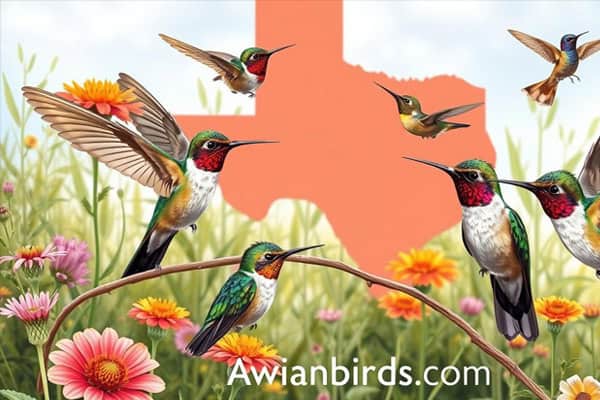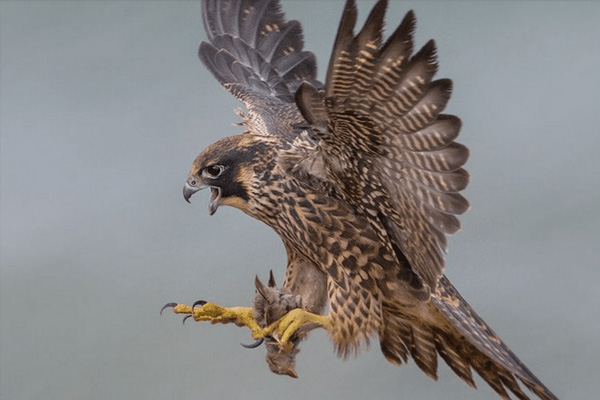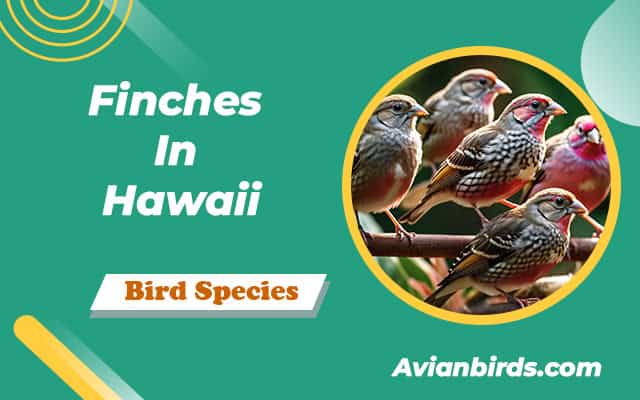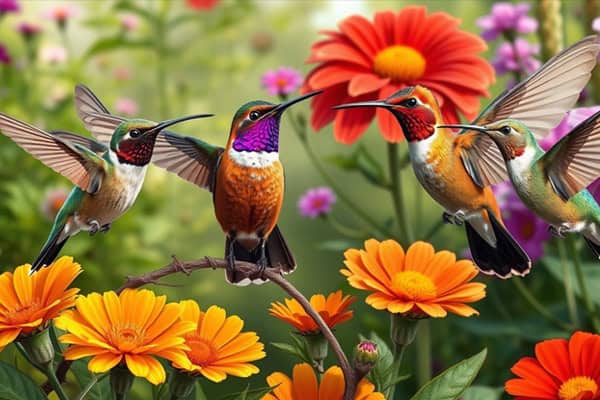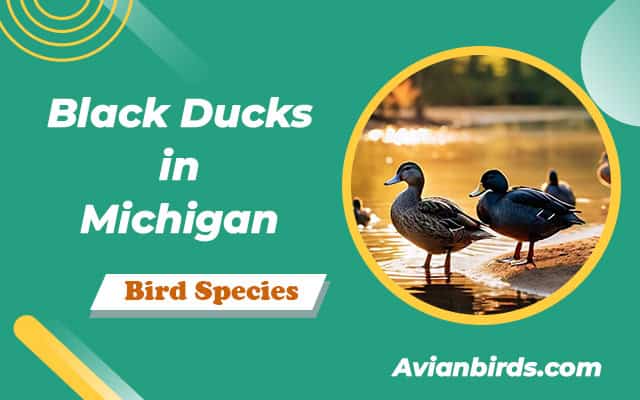Types of Hummingbirds in Texas (ID Guide With Pictures)
Did you know Texas is a key stop for hummingbirds? It’s home to 16 different types all year, making it a great place for birdwatchers and nature lovers.
We’ll dive into the world of Texas hummingbirds. You’ll learn about the Ruby-Throated Hummingbird and the rare Lucifer Hummingbird. Each species has its own look and way of living. Knowing these differences helps us spot them and appreciate their role in nature.
Let’s discover the hummingbirds that fly over Texas. We’ll talk about where they live when they migrate, and how to attract them to our gardens. Join us in celebrating these amazing birds!
Introduction to Hummingbirds in Texas
We’re diving into the world of hummingbirds, focusing on Texas. This state is a hotspot for these colourful birds. It’s perfect for birdwatchers and nature fans. Our overview of hummingbirds in Texas shows how they live and why they’re important.
There are over 300 hummingbird species worldwide. In the U.S., about 18 species live here. Texas has nine common species and six that visit sometimes.
Overview of Hummingbirds in Texas
Hummingbirds are key pollinators in Texas. They help plants grow by pollinating flowers. Their fast flight is like that of a helicopter.
They need to eat often, every 10 to 15 minutes, to keep them going. Their flying skills are amazing to watch.
The Significance of Hummingbirds in Ecosystems
Hummingbirds do more than look good. They help plants make seeds. They eat nectar and small bugs for protein.
By eating nectar, they help plants grow. This keeps the environment healthy. Knowing their role makes us appreciate them more.
Why Texas is a Prime Location for Observing Hummingbirds
Texas is great for seeing hummingbirds. It has many different places for them to live. From deserts to wetlands, there’s a lot to see.
The black-chinned hummingbird is common here. Its bright colors make it easy to spot. The climate and plants attract many birds.
Joining the Hummingbird Roundup program helps us learn more. It also helps protect these amazing birds.
Common Hummingbird Species Found in Texas
Texas is home to many hummingbird species. We see them in cities and nature spots all year. Let’s look at some of the most common ones.
1. Ruby-throated hummingbird
- Scientific Name: Sphyrapicus nuchalis
- Size: 20–23 cm (7.9–9.1 in)
- Weight: 50–80 g (1.8–2.8 oz)
- Lifespan: Up to 6 years in the wild
- Diet: Primarily tree sap, along with insects and fruits
The Ruby-Throated Hummingbird is known for its bright colours. Adult males have emerald green feathers and a ruby throat, which beautifully catches the light.
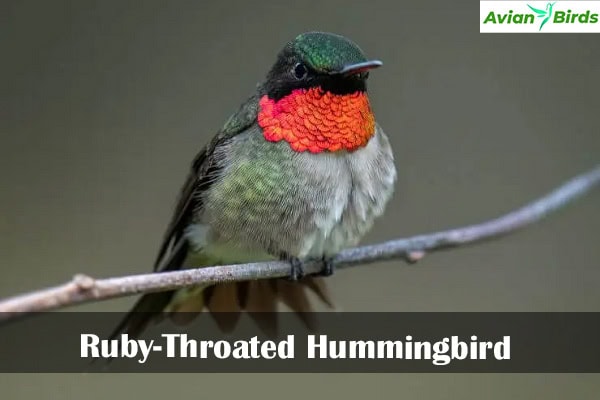
Females and young ones have green backs and white bellies. They are rare in spring but common in fall, especially in Houston, from August to October.
Characteristics of the Ruby-Throated Hummingbird
The Ruby-Throated Hummingbird has a bright, ruby, red throat and green body. Males are very colourful, changing colours in different lights. They are found in East Texas and can hover in place while eating nectar.
2. Black-Chinned Hummingbird
- Scientific Name: Archilochus alexandri
- Size: 7.5–9 cm (3–3.5 in)
- Weight: 2.5–4 g (0.09–0.14 oz)
- Lifespan: Up to 5 years in the wild
- Diet: Nectar from flowers, insects, and spiders
The Black-Chinned Hummingbird is common from March to August. They have a black throat and are often mistaken for Ruby-Throated Hummingbirds. In fact, 85% of misidentifications are of Black-Chinned Hummingbirds.
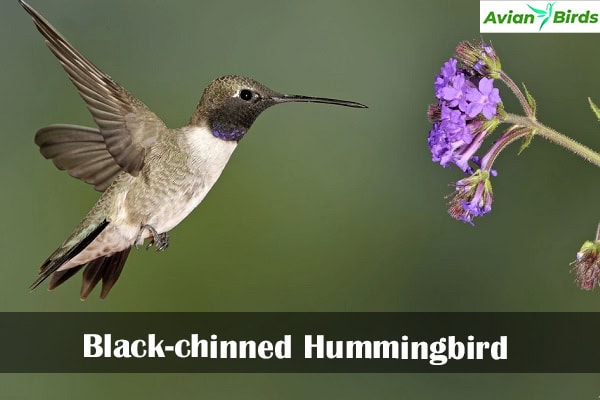
They live in many ecosystems, showing how adaptable they are.
Identification of the Black-Chinned Hummingbird
The Black-Chinned Hummingbird has a purple gorget that looks black in some light. They live in central and western Texas. Their green backs and white bellies make them easy to spot. Watching how they eat and act is fun.
3. Rufous Hummingbird
- Scientific Name: Selasphorus rufus
- Size: 7.5–9 cm (3–3.5 in)
- Weight: 2.5–4 g (0.09–0.14 oz)
- Lifespan: Up to 5 years in the wild
- Diet: Nectar from flowers, supplemented by insects and spiders
The Rufous Hummingbird is less common in spring but more in fall. They show off rust-coloured feathers, which is a treat for bird watchers. In cities like Houston, we see them most in the fall.
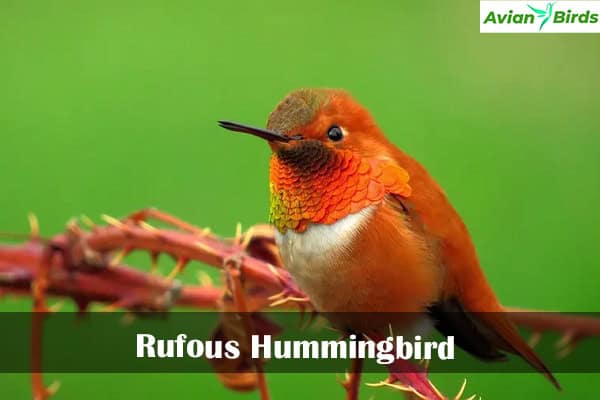
Distinct Features of the Rufous Hummingbird
The Rufous Hummingbird has a rust-colored body and is very protective of its food spots. Its migrations through Texas allow us to see its beautiful colors in our gardens.
4. Buff-Bellied Hummingbird
- Scientific Name: Amazilia yucatanensis
- Size: 9–10 cm (3.5–4 in)
- Weight: 3–4 g (0.11–0.14 oz)
- Lifespan: Up to 5 years in the wild
- Diet: Nectar from flowers, along with small insects and spiders
The Buff-Bellied Hummingbird is a Texas resident. It has a buff underbelly and is easy to spot in winter. Our gardens are important for their food.

5. Broad-Tailed Hummingbird
- Scientific Name: Selasphorus platycercus
- Size: 8–10 cm (3.1–3.9 in)
- Weight: 3–4 g (0.11–0.14 oz)
- Lifespan: Up to 5 years in the wild
- Diet: Nectar from flowers, supplemented by small insects and spiders
The Broad-Tailed Hummingbird is rare in Texas but visits in fall. They have green bodies and rusty flanks. We might see one or two each year, adding to the variety of hummingbirds we see.
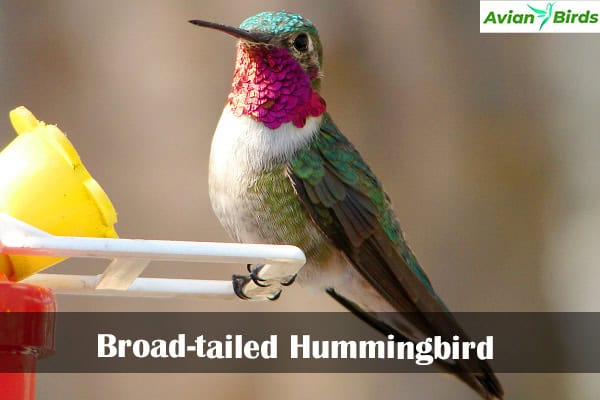
Most Common Hummingbirds in Texas
In Texas, we see many beautiful hummingbirds in our gardens and nature. Knowing how to tell them apart is important. The Ruby-Throated, Black-Chinned, and Rufous hummingbirds are common here. Each has special features that make them interesting to watch.
| Species | Key Characteristics | Preferred Region in Texas |
|---|---|---|
| Ruby-Throated Hummingbird | Vibrant ruby throat, green body | East Texas |
| Black-Chinned Hummingbird | Purple gorget (often mistaken for black), olive-green back | Central and West Texas |
| Rufous Hummingbird | Rust-coloured plumage, territorial behaviour | Western Texas during migrations |
Knowing these details makes watching hummingbirds in Texas better. Whether you love birds or just enjoy nature, learning about these birds is rewarding. It helps us connect with nature and support these birds by feeding and creating habitats for them.
Hummingbird Migration Through Texas
Hummingbirds make amazing journeys through Texas. They stop to rest and eat before heading to warmer places. Watching them migrate is thrilling for bird lovers.
Migration Patterns and Timing
Hummingbirds migrate in the spring, arriving in Texas from mid-March to mid-May. Males leave first, followed by females and young ones. Ruby-throated Hummingbirds fly nonstop over the Gulf of Mexico to Mexico and Central America.
Role of Texas in Hummingbird Migration Routes
Texas is key for hummingbird migration. It’s home to 18 species, some of which are only found here. Places like the Highland Lakes are great for spotting them.
| Species | Arrival Timing | Departure Timing | Average Lifespan | Flight Speed |
|---|---|---|---|---|
| Ruby-throated Hummingbird | Mid-March to Mid-May | Late July to Mid-November | 3-5 years | 30 mph (60 mph in a dive) |
| Black-chinned Hummingbird | Similar timing to Ruby-throated | Varies, mostly in sync with Ruby-throated | Unknown | 30 mph |
Each migration shows the hummingbirds’ strength and ability to adapt. Texas is crucial for their amazing travels.
Where to See Hummingbirds in Texas
Exploring Texas for hummingbirds is exciting for nature lovers. Many parks, wildlife refuges, and nature reserves are great for watching these birds. From south Texas to the Hill Country, we can find the best spots for hummingbird watching.
Popular Parks for Birdwatching
Some parks in Texas are amazing for hummingbirds. Big Bend National Park is a standout, with its plants attracting many species. The lush areas and rich life are perfect for feeding spots, especially for black-chinned and ruby-throated hummingbirds. Other great parks include:
- Garner State Park
- Lost Maples State Natural Area
- Palmetto State Park
Wildlife Refuges and Nature Reserves
Wildlife refuges are great for seeing hummingbirds. The Lower Rio Grande Valley National Wildlife Refuge is a top spot. It’s known for its variety of plants and feeding spots. Other key areas include:
- Santa Ana National Wildlife Refuge
- Matagorda Island Wildlife Management Area
- Attwater Prairie Chicken National Wildlife Refuge
Recommended Observation Points
Choosing the right spots can help us see hummingbirds. When visiting, bring hummingbird feeders with sugar water to attract them. The following sites are especially good:
| Location | Best Time to Visit | Notable Hummingbird Species |
|---|---|---|
| Big Bend National Park | March to October | Ruby-Throated, Black-Chinned |
| Lower Rio Grande Valley | Spring migration (March-April) | Black-Chinned, Rufous |
| Garner State Park | Late spring to early summer | Anna’s, Broad-Tailed |
With these amazing spots, our Texas adventures will be rewarding. Watching these agile birds in nature’s beauty makes unforgettable memories.
Best Practices for Attracting Hummingbirds in Your Garden
Creating a garden for hummingbirds is rewarding. By following our guide, we can attract these birds in Texas, making our outdoor spaces welcoming to them.
Choosing the Right Flowers for Hummingbirds
For hummingbirds, choose native plants with trumpet-shaped blooms. These flowers offer nectar they love. Bright colours like red, yellow, and orange attract them. Some good options are:
- Red yucca
- Coral honeysuckle
- Turk’s cap
- Bee balm
- Hummingbird sage
Adding these plants helps hummingbirds and supports a healthy ecosystem.
Setting Up Hummingbird Feeders
Setting up hummingbird feeders can help attract these birds. To make the feeders, mix one part sugar with four parts water. Avoid harmful dyes. Clean the feeders every few days to keep them safe.
| Task | Frequency |
|---|---|
| Clean feeder with hot water | Every few days |
| Refill sugar-water mix | As needed |
| Bring the feeder inside at night | Every night |
Bringing feeders inside at night keeps them safe from animals and ensures a steady food source for hummingbirds.
Creating a Hummingbird-Friendly Environment
To attract hummingbirds in Texas, create a welcoming habitat. Add shrubs like pecans and oaks for shelter. Include water features, like a shallow birdbath, for them to drink from.
Keep your garden clean and free of clutter. This will help hummingbirds find food. During their peak season, from mid-March to mid-April, they need a safe and abundant environment.
The Role of Hummingbirds in Texas Ecosystems
Hummingbirds play a key role in Texas ecosystems. They help with pollination and support biodiversity. These birds feed on nectar from flowers, helping plants reproduce and stay diverse.
Importance of Pollination
Hummingbirds are great pollinators. They move from flower to flower, collecting nectar. This helps plants grow and thrive, supports many other animals, and improves ecosystem health.
Contributions to Biodiversity
Hummingbirds contribute to local biodiversity. They interact with their habitats, enriching them. With over 300 species worldwide, they help balance food chains, feeding insects and larger animals.
| Species | Pollination Role | Contribution to Biodiversity |
|---|---|---|
| Ruby-Throated Hummingbird | Cross-pollinates several flower types | Supports local nectarivores |
| Rufous Hummingbird | Pollinates in a wide variety of habitats | Promotes genetic diversity in plants |
| Black-Chinned Hummingbird | Facilitates reproduction of native flora | Assists in sustaining insect populations |
We must protect these amazing birds and their homes. By keeping ecosystems healthy, we help hummingbirds continue their important work in Texas for years to come.
Conservation and Threats to Hummingbirds in Texas
We must understand the challenges hummingbirds face in Texas. Habitat loss, climate change, pollution, and pesticides are big threats. These birds are vital for pollination and keeping our ecosystem diverse.
Current Conservation Efforts
There are efforts to save hummingbirds in Texas. Wildlife groups work on restoring habitats and teaching people about their importance. They also help create gardens that are good for hummingbirds.
Threats Facing Hummingbird Populations
Even with these efforts, dangers still exist. Climate change and pesticides harm them. We need to garden responsibly and support conservation policies. This way, we can ensure hummingbirds have a bright future in Texas.

